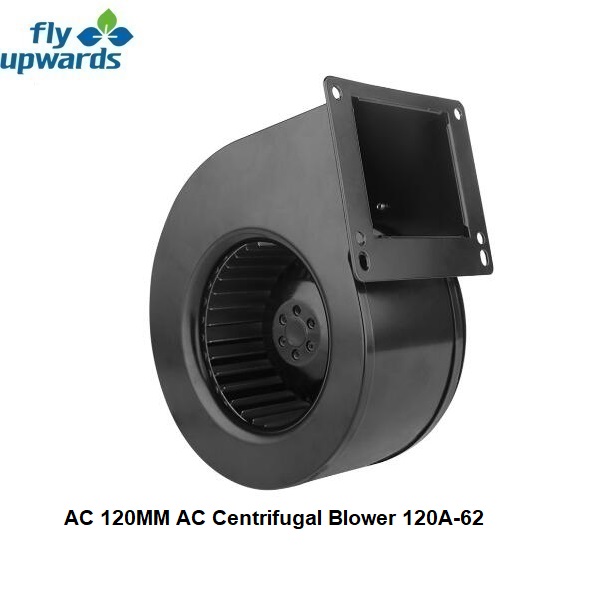Unveiling the Impact: How Blade Design in AC Forward Curved Fans Shapes Airflow and Efficiency
2024-05-21
When it comes to HVAC systems, the design of fan blades plays a crucial role in determining the performance and efficiency of the system. One common type of fan used in air conditioning (AC) systems is the forward curved fan. Understanding how the blade design of these fans impacts airflow and efficiency can help in selecting the right fan for specific applications and ensuring optimal system performance.
The Anatomy of Forward Curved Fan Blades
Forward curved fans, also known as squirrel cage fans or centrifugal fans, are characterized by their uniquely shaped blades that curve in the direction of the fan's rotation. These blades are typically short and numerous, arranged in a way that maximizes the surface area for moving air.
Impact on Airflow
1. Air Volume and Pressure: The design of forward curved blades allows these fans to move a large volume of air at relatively low speeds. The numerous short blades increase the total surface area in contact with the air, enabling the fan to push more air with each rotation. This results in high volumetric flow rates, making forward curved fans ideal for applications requiring substantial air movement, such as in residential HVAC systems.
2. Air Distribution: The forward curvature of the blades helps in directing the airflow radially outward from the fan wheel. This radial discharge ensures even distribution of air, which is essential for maintaining uniform temperature and air quality in an enclosed space.
3. Noise Levels: Due to their design, forward curved fans tend to operate quietly. The numerous blades help in breaking up the airflow into smaller, less turbulent streams, reducing the noise typically associated with higher-speed fans.
Impact on Efficiency
1. Static Efficiency: While forward curved fans are excellent at moving large volumes of air, their efficiency in terms of energy usage can be lower compared to other fan types, such as backward curved fans. The design of the blades causes some energy losses due to the turbulence and friction within the fan housing. This means that while they are effective for certain applications, they may consume more power to achieve the same airflow as more efficient designs.
2. System Integration: In many HVAC systems, forward curved fans are integrated into ductwork and other components that can influence their efficiency. Proper system design, including smooth duct transitions and minimal obstructions, can help mitigate some of the inherent inefficiencies and enhance overall system performance.
3. Energy Consumption: Because of their ability to move air at low speeds, forward curved fans often operate at lower rotational speeds compared to other fan types. This can lead to energy savings in applications where high airflow is needed without the requirement for high static pressure. However, in applications requiring high pressure, these fans may not be the most efficient choice.
Optimizing Fan Performance
To get the best performance from a forward curved fan, consider the following:
- Proper Sizing: Ensure the fan is appropriately sized for the intended application. Oversized fans can lead to inefficiencies and increased energy consumption.
- Maintenance: Regular maintenance, including cleaning and inspection of the blades, can prevent the buildup of dust and debris that can impede airflow and reduce efficiency.
- System Design: Integrate the fan into the HVAC system in a way that minimizes turbulence and resistance. This includes smooth duct transitions and avoiding sharp bends near the fan inlet and outlet.
Conclusion
The design of the blades in an AC forward curved fan significantly impacts its airflow and efficiency. These fans are well-suited for applications requiring high volumetric flow rates and quiet operation, although they may not be the most energy-efficient option for high-pressure applications. By understanding these characteristics and optimizing system design, users can maximize the benefits of forward curved fans in their HVAC systems, ensuring effective and efficient air movement.



